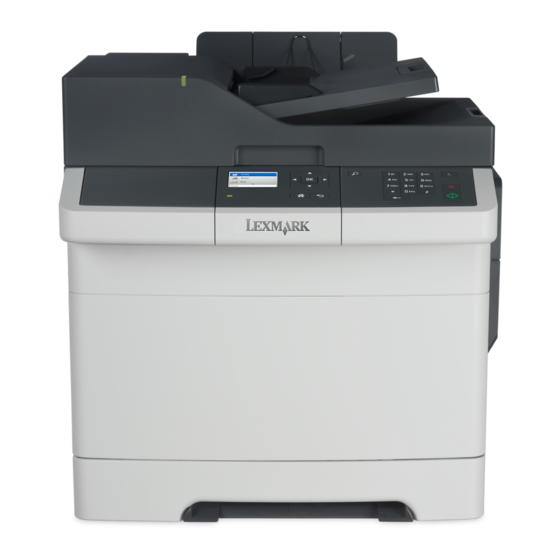
Lexmark CX310 Series User Manual
Color
Hide thumbs
Also See for CX310 Series:
- Service manual (430 pages) ,
- User manual (256 pages) ,
- Compatibility manual (179 pages)









Need help?
Do you have a question about the CX310 Series and is the answer not in the manual?
Questions and answers
Why is printer showing Sleep Mode?
It is in Sleep Mode